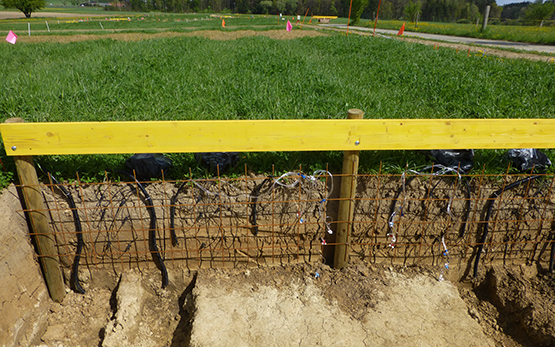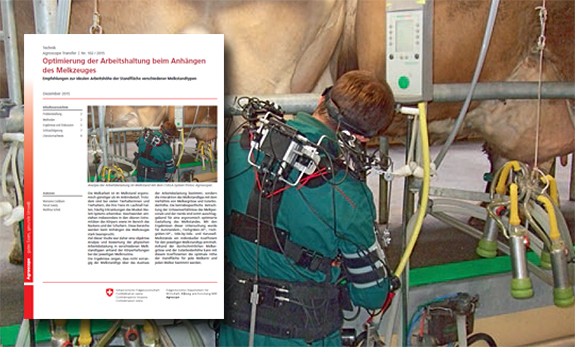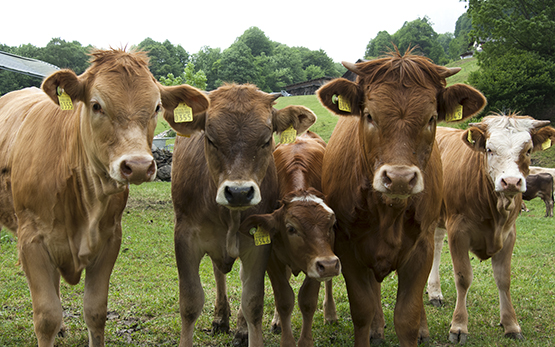Argento F., Bischoff W. A., Liebisch F.
Balancing carbon storage and groundwater quality in crop production in Switzerland.
Dans: European Healthy Soil Conference - 1st Edition: Soil Fertility. 14 September, Ed. FHNW School of Life Sciences / Agroscope, Muttenz. 2023, 1.
Argento F., Bischoff W. A., Hug R., Liebisch F.
CriticalN Jahresbericht 2022: Teil Ackerbau.
Ed. Bildungszentrum Wallierhof, Inforama und TerrAquat, 2023, 24 pp.
Grossrieder J., Ringger C., Argento F., Grandgirard R., Anken T., Liebisch F.
Fertilisation azotée spécifique au site: méthodes actuelles et expériences.
Recherche Agronomique Suisse, (13), 2022, 103-113.
autres langues: allemand
Argento F., Liebisch F., Anken T., Walter A., El Benni N.
Investigating two solutions to balance revenues and N surplus in Swiss winter wheat.
Agricultural Systems, 201, 2022, 1-10.
Argento F., Liebisch F.
Critical-N - Grundwasser schonende, produktive Landwirtschaft durch standortangepasster Stickstoffdüngung.
Dans: Flurbegehung im Gäu. 25. April, Ed. Bauernverband Gäu, Kestenholz. 2022.
Argento F., Liebisch F., Simmler M., Ringger C., Hatt M., Walter A., Anken T.
Linking soil N dynamics and plant N uptake by means of sensor support.
European Journal of Agronomy, 134, 2022, 126462-126472.
Argento F., Anken T., Paraforos D., Sharipov G., Carballido J.
Decision Support for Optimized Site-Specific Fertilization based on Multi-source Data and Standardized Tools: Final Report: iFAROS.
Ed. ARAMIS, Bundesamt für Landwirtschaft, Agroscope, Bern. 14. Dezember, 2021, 29 pp.
Argento F., Ringger C., Anken T., Abt F., Walter A., El Benni N., Liebisch F.
Combining digital and standard fertilization methods to reduce N surplus in winter wheat.
Dans: Annual Conference of the German society of plant nutrition. 24.09., Kiel - Germany. 2021.
Argento F., Anken T., Liebisch F., Abt F., Walter A.
Digitale Helfer verbessern Stickstoffeffizienz.
Landfreund, 2, 2021, 36-38.
Perich G., Aasen H., Verrelst J., Argento F., Walter A., Liebisch F.
Crop nitrogen retrieval methods for simulated sentinel-2 data.
Remote Sensing, 13, 2021, 1-24.
Argento F., Anken T., Abt F., Vogelsanger E., Walter A., Liebisch F.
Site-specific nitrogen management in winter wheat supported by low-altitude remote sensing and soil data.
Precision Agriculture, online, 2020, 1-23.
Argento F., Anken T., Liebisch F., Walter A.
Crop imaging and soil adjusted variable rate nitrogen application in winter wheat.
Dans: Precision Agriculture '19 - Proceedings of the 12th European Conference on Precision Agriculture. 8-11 July, Ed. ECPA, Montpellier, France. 2019, 1-8.








